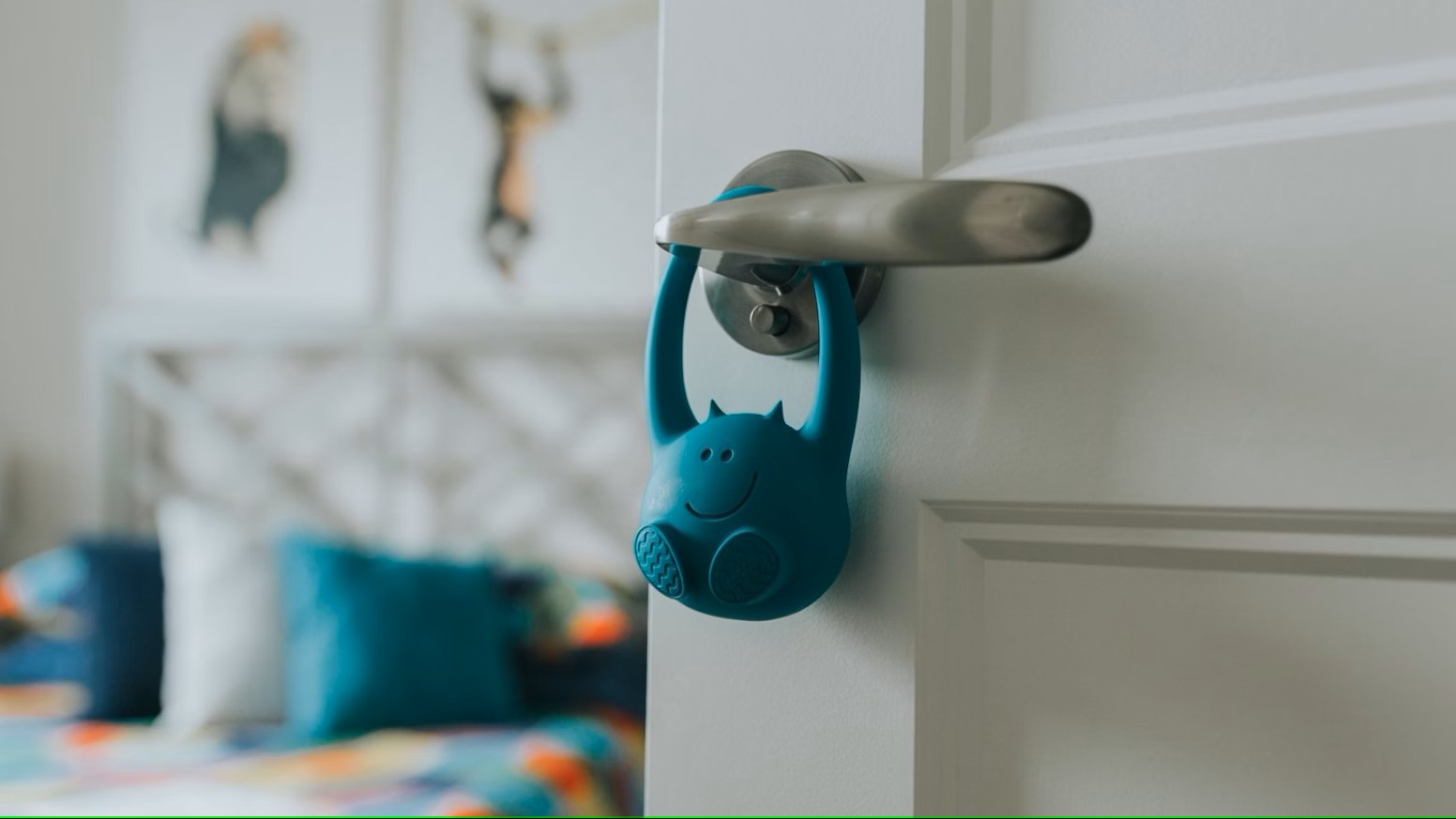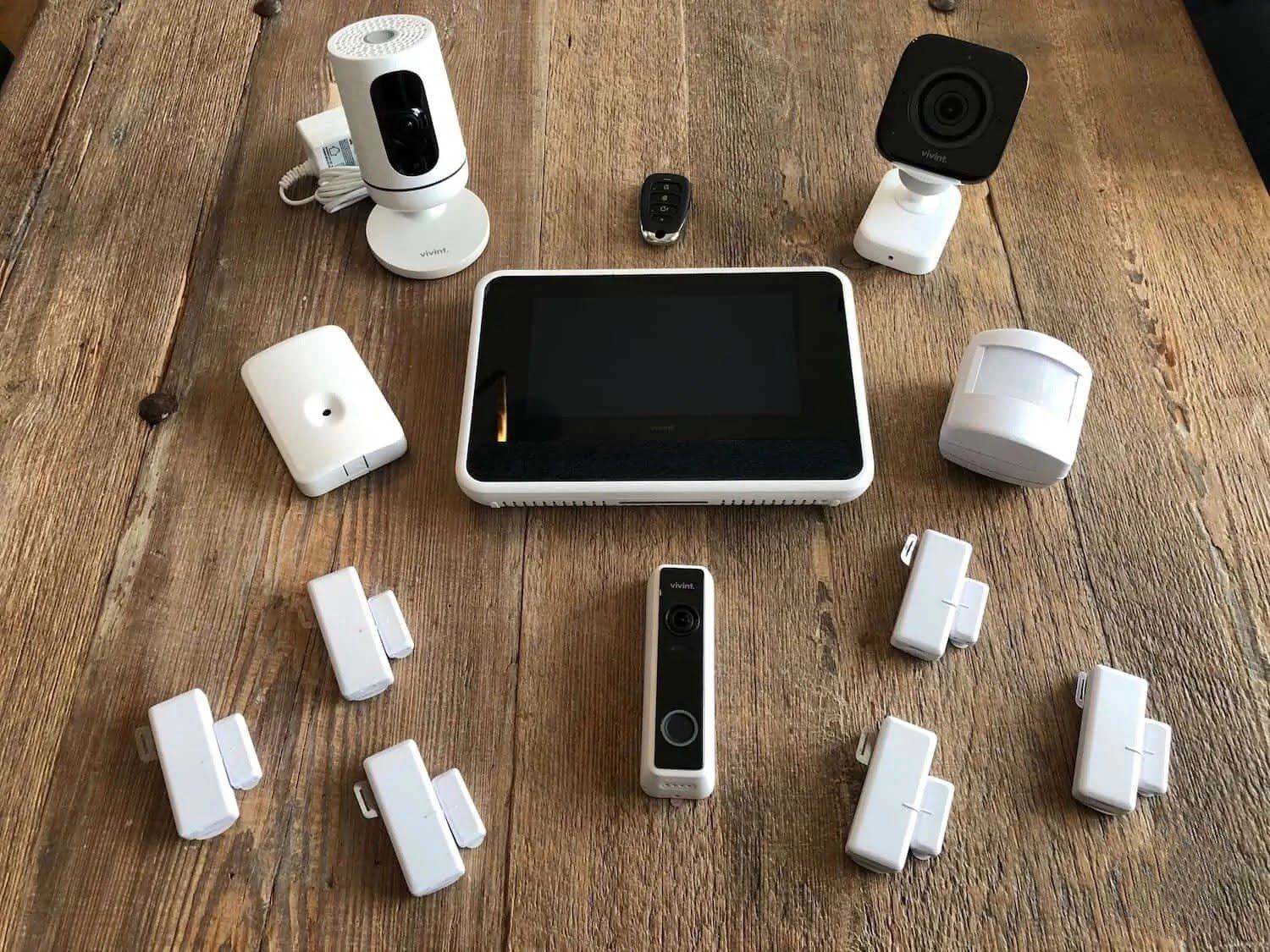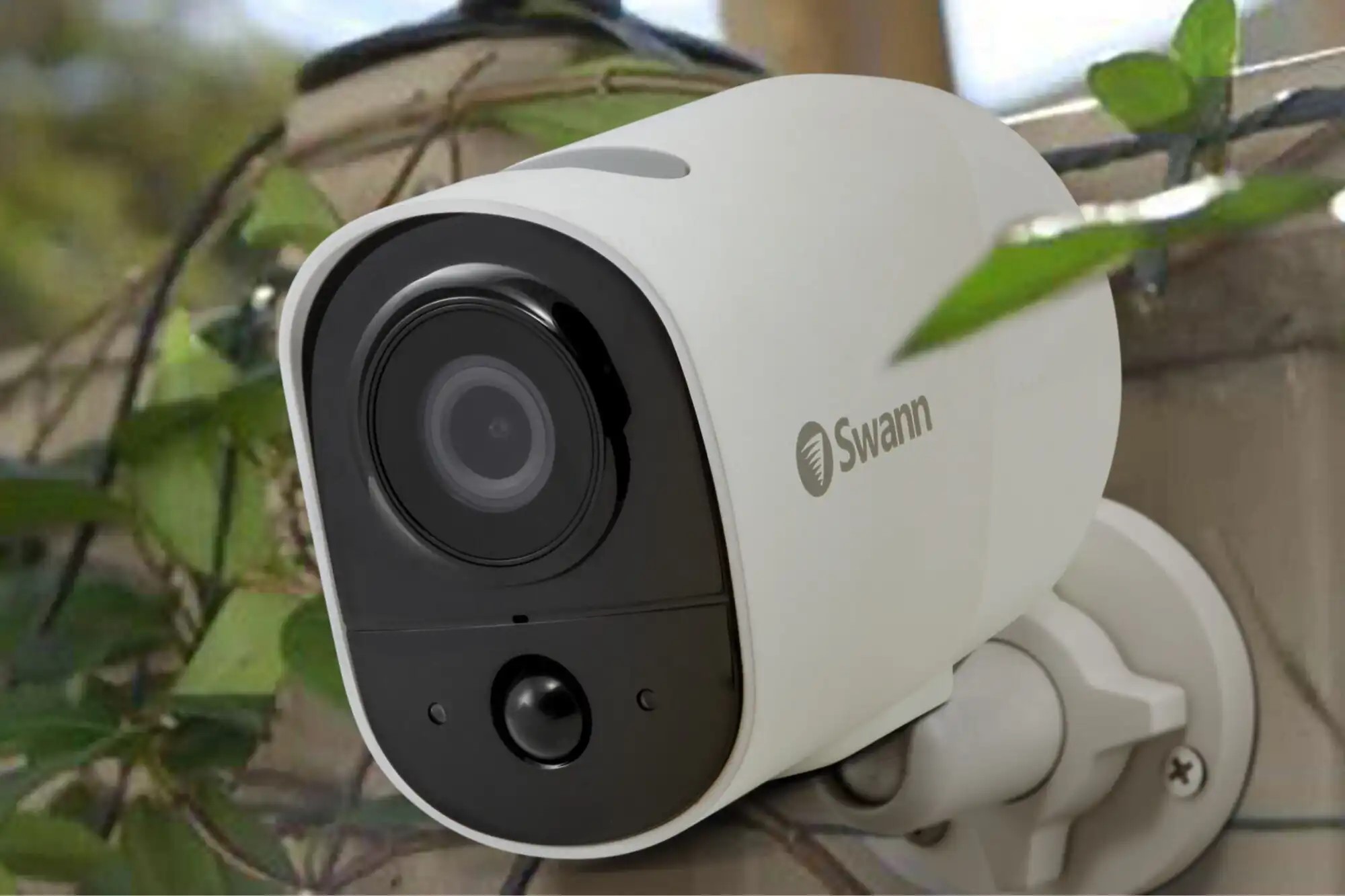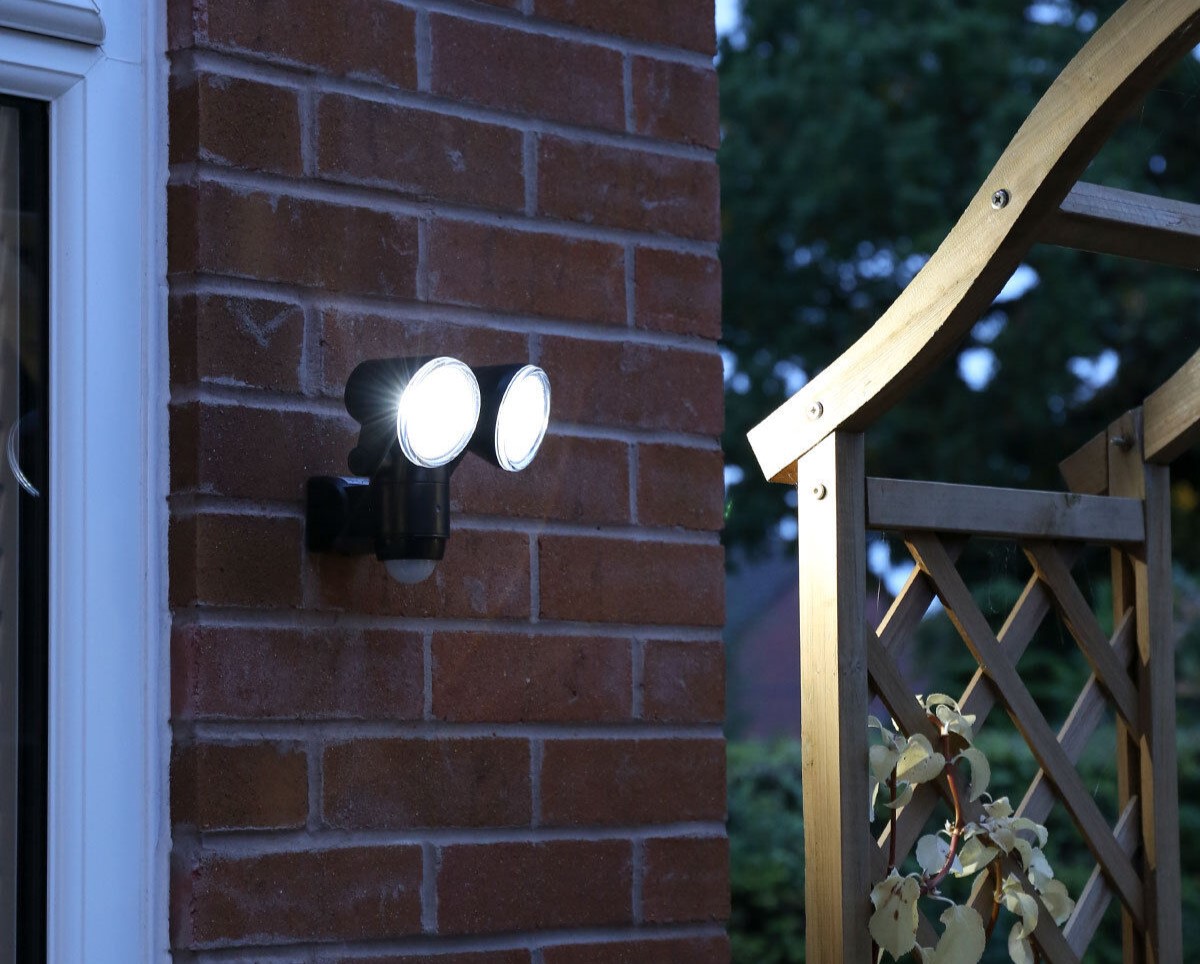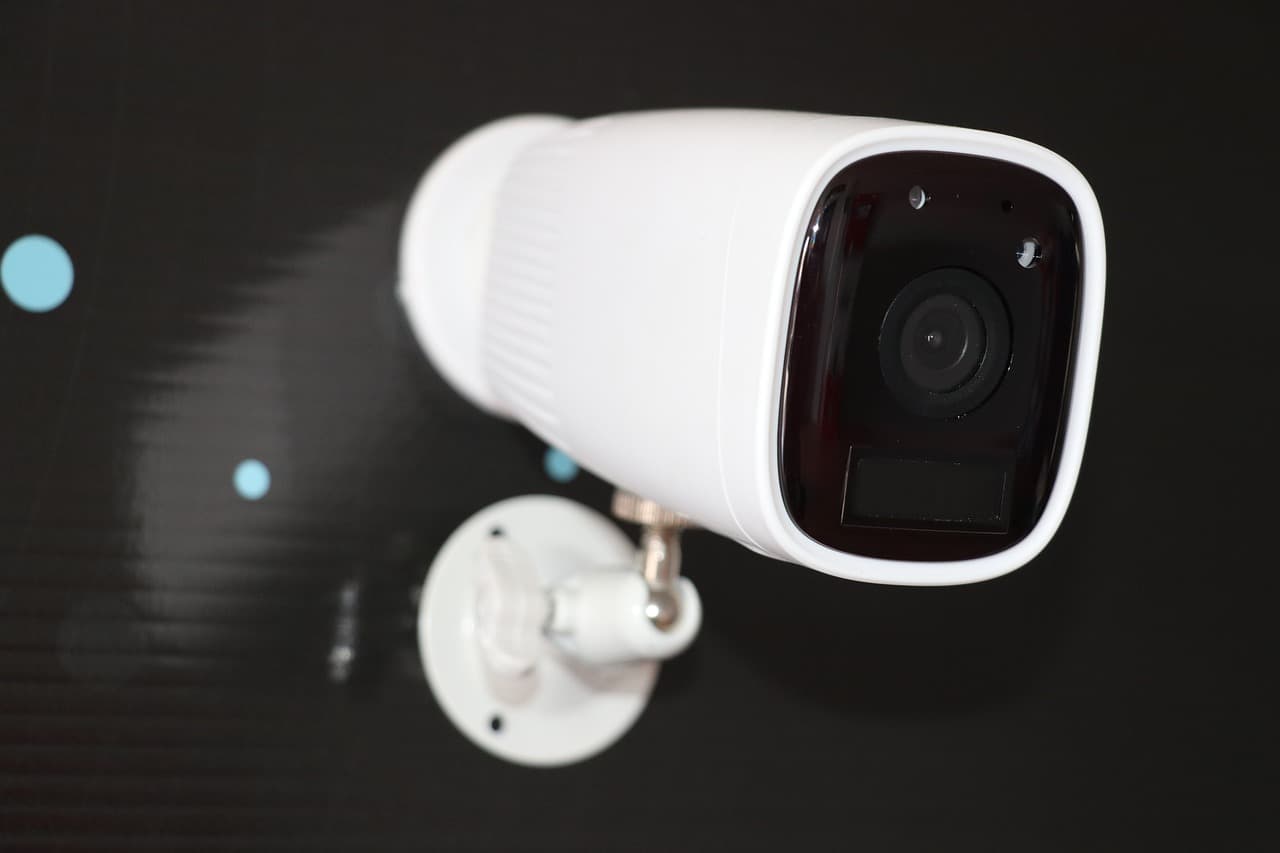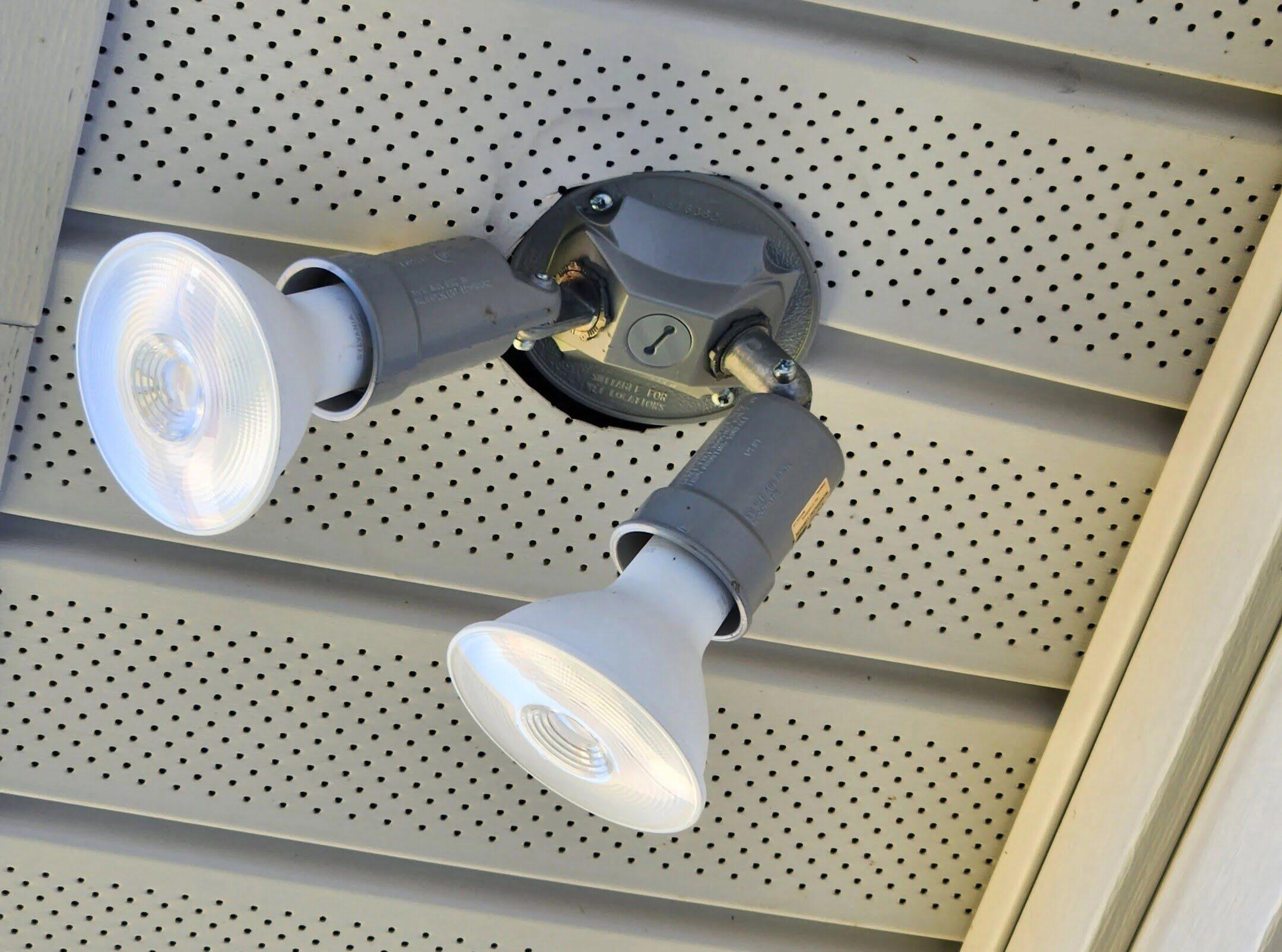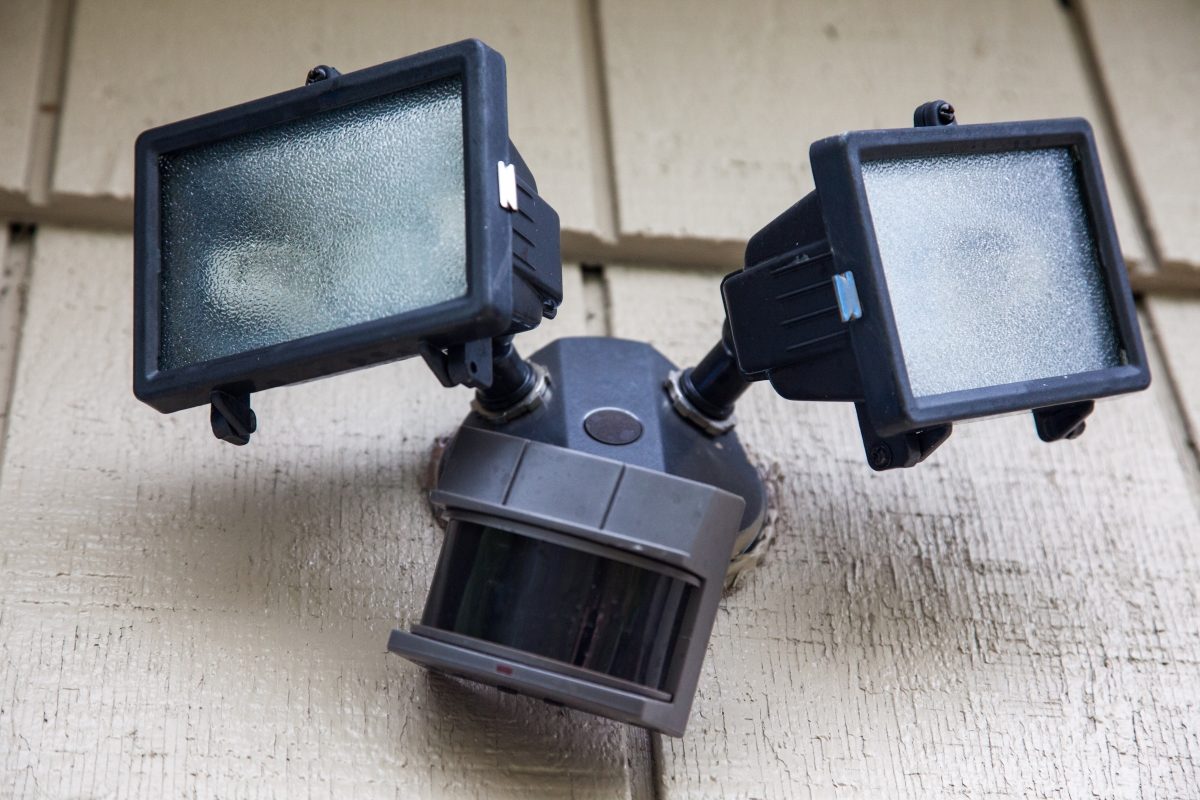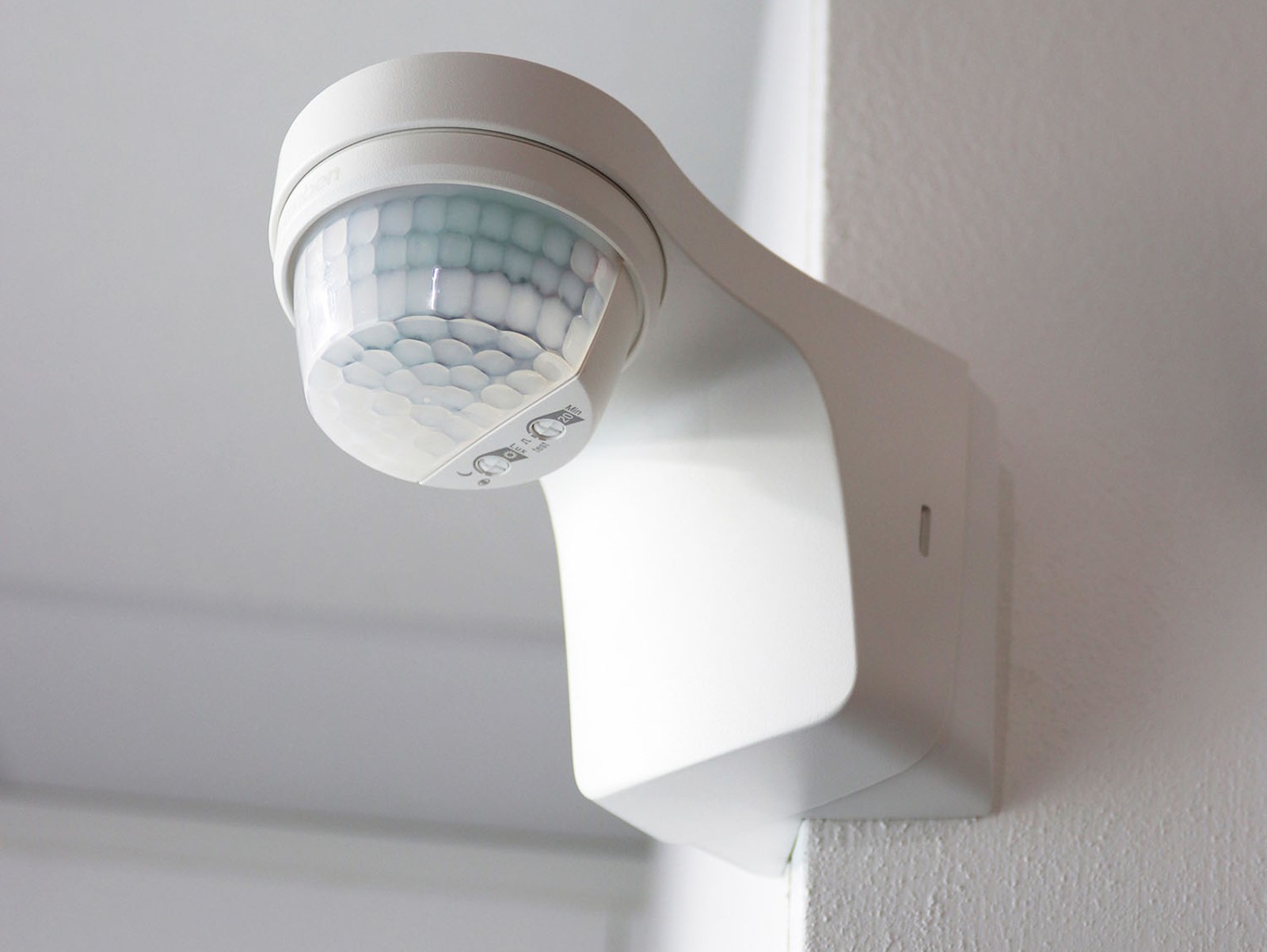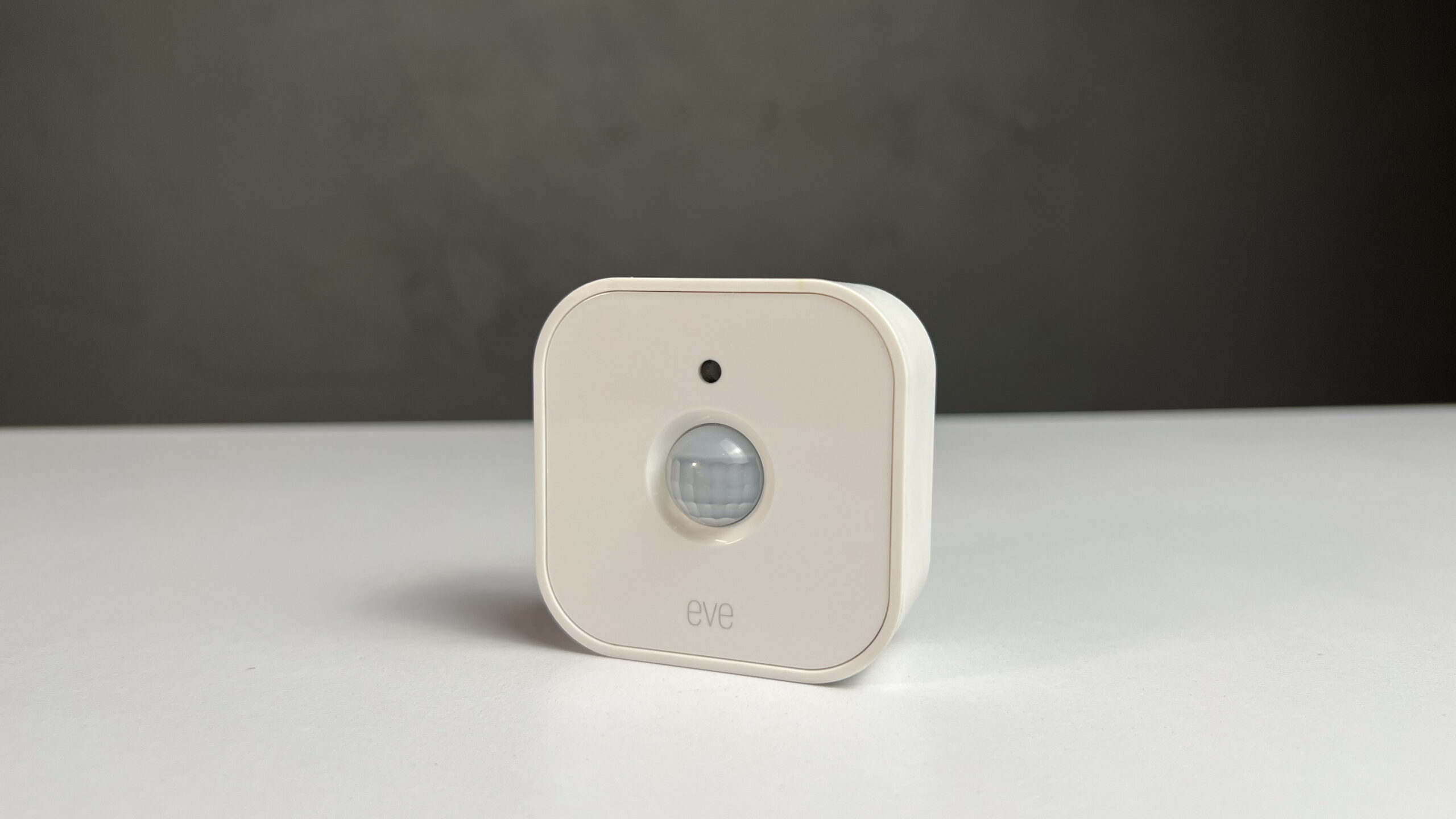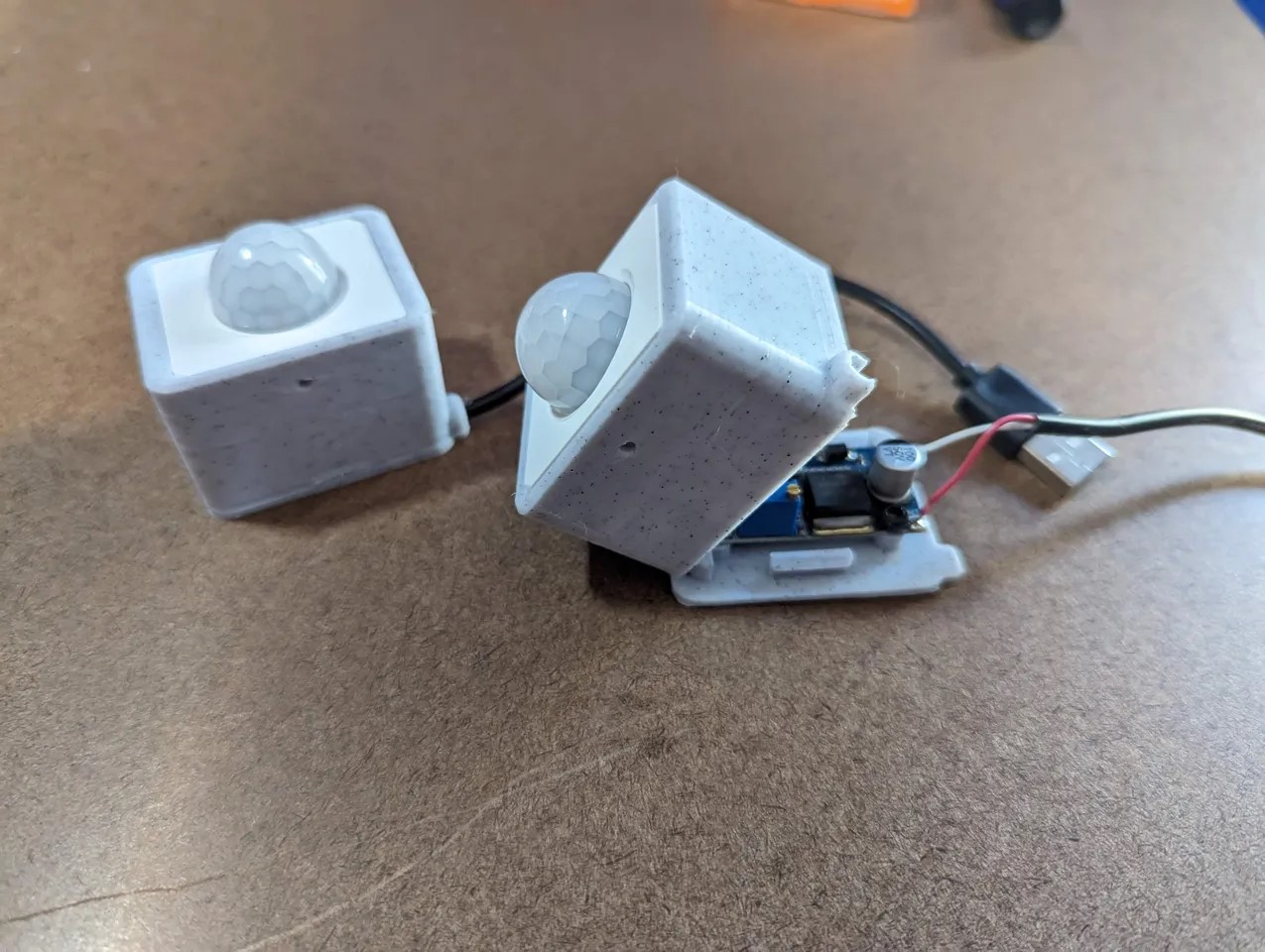Home>Home Security and Surveillance>Which Type Of Mounting Is Incompatible With Built-In Motion Detector Devices?
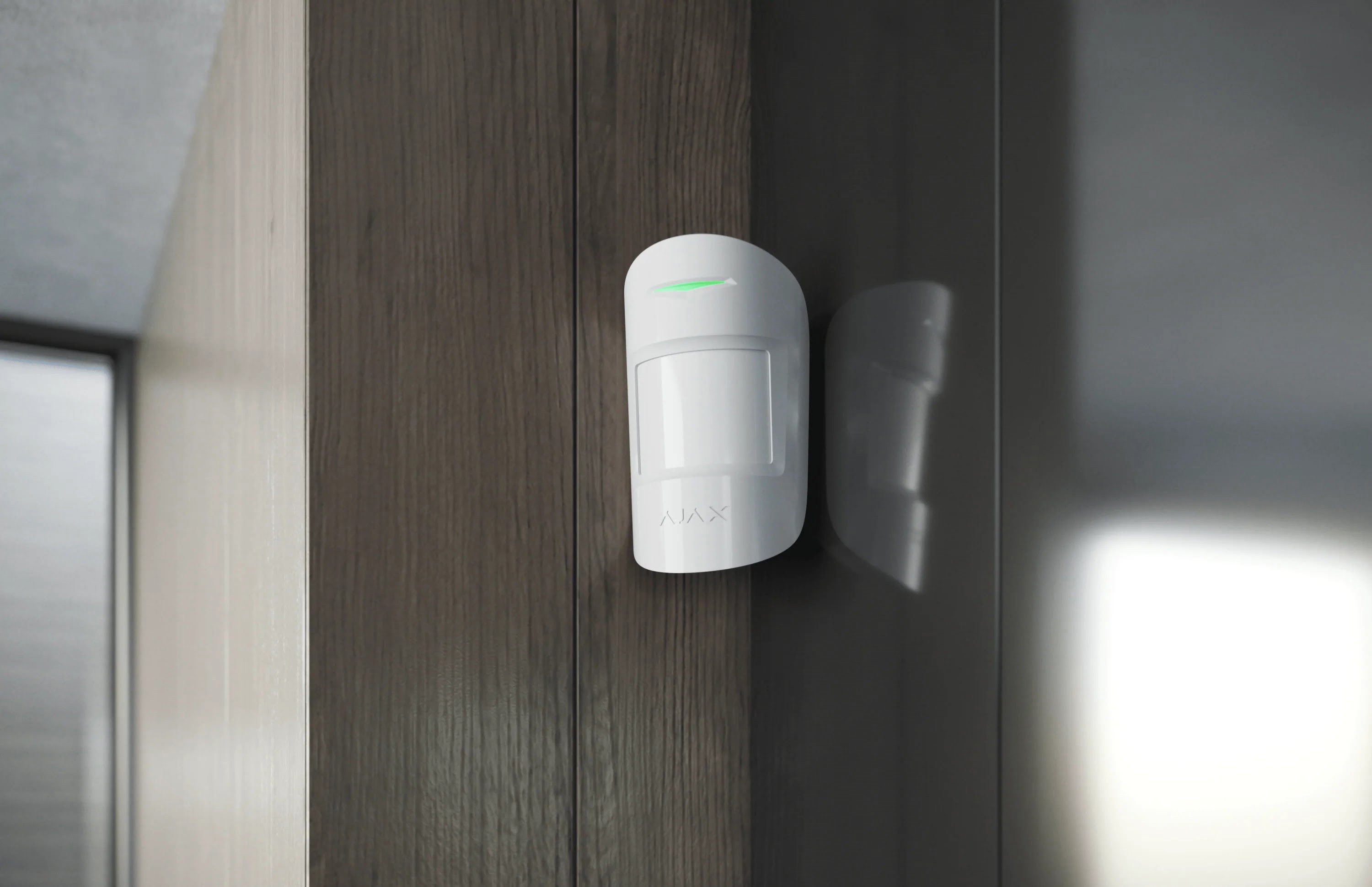

Home Security and Surveillance
Which Type Of Mounting Is Incompatible With Built-In Motion Detector Devices?
Modified: September 1, 2024
Discover the type of mounting method that is incompatible with built-in motion detector devices in home security and surveillance systems. Protect your home with the right installation approach.
(Many of the links in this article redirect to a specific reviewed product. Your purchase of these products through affiliate links helps to generate commission for Storables.com, at no extra cost. Learn more)
Introduction
Welcome to the world of home security and surveillance. In an age where safety is of paramount importance, it’s crucial to have a reliable and efficient system in place to protect your home and loved ones. One essential component of any home security system is the motion detector device, which plays a vital role in detecting and alerting you to any potential threats.
Built-in motion detector devices are an integral part of modern security systems, providing an automated way to monitor your surroundings and trigger alarms or notifications when motion is detected. These devices utilize advanced technologies such as infrared sensors or microwave sensors to accurately detect movement within their range. With their ability to detect even the slightest motion, they serve as an essential tool in warding off intruders and enhancing the overall security of your home.
However, it’s important to note that not all built-in motion detector devices are compatible with every type of mounting method. The way you mount your motion detector can significantly impact its effectiveness and reliability. In this article, we will explore the different types of mounting methods and delve into the incompatibilities that may arise with built-in motion detector devices.
Key Takeaways:
- Choose the right mounting method for your motion detector to maximize its effectiveness. Consider coverage, blind spots, and stability to ensure reliable home security.
- Wall, ceiling, corner, and freestanding mounts each have their own limitations. Understanding these will help you make informed decisions for your home security system.
Understanding Built-In Motion Detector Devices
Before delving into the various mounting methods and their incompatibilities, it’s essential to have a clear understanding of built-in motion detector devices and how they work. These devices are designed to detect movement within a specified range and trigger certain actions, such as sounding an alarm or activating surveillance cameras.
There are two primary types of built-in motion detector devices: passive infrared (PIR) sensors and microwave sensors. PIR sensors work by detecting changes in infrared radiation, which is emitted by all objects with a temperature above absolute zero. When an intruder enters the field of view of the PIR sensor, the device detects the change in infrared radiation and triggers the desired action. Microwave sensors, on the other hand, emit continuous waves of microwave energy and measure the reflections caused by any movement. When the reflected waves indicate movement, the device initiates the programmed response.
Both PIR and microwave sensors offer their own sets of advantages and limitations. PIR sensors are highly reliable and cost-effective, making them the most commonly used type of built-in motion detector device. They are ideal for indoor applications and work well in spaces with a consistent temperature. However, they may struggle with detecting slow or subtle movements, making them less suitable for distinguishing between humans and small pets.
Microwave sensors, on the other hand, are highly sensitive and can detect even the slightest movement. They are effective in both indoor and outdoor environments and are not affected by temperature changes. However, they tend to be more expensive and can be affected by interference from objects such as trees, plants, or walls.
Now that we have a better understanding of built-in motion detector devices, let’s explore the different types of mounting methods and the incompatibilities that may arise when using them.
Different Types of Mounting Methods
Mounting your built-in motion detector device properly is crucial for ensuring its optimal performance. There are several mounting methods available, each with its own unique advantages and considerations. Let’s take a closer look at some of the most common types of mounting methods:
- Wall Mount: This is the most popular and widely used mounting method for built-in motion detector devices. It involves attaching the device directly to a wall, typically at a height of around 6-8 feet. Wall mounting provides an elevated view of the area and allows for wide coverage. It is ideal for both indoor and outdoor installations and offers easy access for maintenance and adjustments.
- Ceiling Mount: As the name suggests, ceiling mounting involves affixing the device to the ceiling. This method is particularly useful in areas where wall mounting may not be feasible or when a different angle of detection is desired. Ceiling mounting is commonly preferred for spaces with high ceilings or for applications where the device needs to cover a large area.
- Corner Mount: When you want to cover a wider range of view, a corner mount is an ideal option. This method involves installing the device in the corner of a room or hallway, allowing it to monitor multiple directions simultaneously. Corner mounting provides extensive coverage and is especially beneficial in spaces where a wall or ceiling mount may not provide adequate coverage.
- Freestanding Mount: In some cases, you may prefer a portable or temporary solution for your built-in motion detector device. Freestanding mounting options, such as tripods or stands, offer flexibility and mobility. This method is commonly used for events, construction sites, or temporary security setups that require easy relocation or repositioning of the device.
Now that we have explored the various mounting methods, it’s time to dive into the incompatibilities and limitations that may arise when using these methods with built-in motion detector devices.
Incompatibilities of Mounting Methods with Built-In Motion Detector Devices
While mounting methods serve as a crucial aspect of installing built-in motion detector devices, it’s important to be aware of the potential incompatibilities and limitations that can arise with each method. These incompatibilities can affect the device’s detection capabilities, monitoring range, and overall effectiveness. Let’s explore some common incompatibilities with different mounting methods:
- Wall Mount: One of the potential incompatibilities with wall mounting is the limited coverage in certain areas. Depending on the placement and angle of the device, blind spots may occur in corners or along walls. Additionally, wall-mounted devices may face challenges in detecting movements close to the ground, potentially missing smaller objects or animals. It’s also important to consider the color and texture of the wall, as certain finishes may obstruct or affect the device’s ability to detect motion.
- Ceiling Mount: While ceiling mounting can provide a wider field of view, it may face limitations in areas with high ceilings. Sensors placed too high may struggle to detect movements closer to the ground effectively. Additionally, depending on the sensitivity and range of the device, ceiling-mounted sensors may struggle to accurately detect motion in areas directly below them. It’s also important to ensure that the ceiling mounting option does not obstruct or interfere with other elements like lights or ventilation systems.
- Corner Mount: Corner mounting is a great option for maximizing coverage, but it may have its own set of limitations. Depending on the size and layout of the space, corner-mounted devices may not be able to fully detect movements in the extreme corners, resulting in potential blind spots. Additionally, due to the nature of corner mounting, false alarms can occur when the device detects movements in adjacent areas or outside the monitored zone.
- Freestanding Mount: While freestanding mounting options offer mobility and flexibility, they can present some challenges. Stability can be a concern, as the device may be susceptible to movement or dislodging, especially in outdoor environments with wind or vibrations. Additionally, freestanding devices may not provide the same level of coverage as wall or ceiling-mounted options, as they are typically placed at a lower height and may have limited viewing angles.
When choosing a mounting method for your built-in motion detector device, it’s crucial to consider the specific requirements and layout of your space. Understanding the incompatibilities and limitations of each mounting method will help you make an informed decision and ensure the optimal performance of your security system.
Mounting Method A: Incompatibilities and Limitations
Mounting Method A refers to wall mounting, which is one of the most common and widely used options for built-in motion detector devices. While wall mounting offers numerous benefits, such as elevated placement and wide coverage, it does come with certain incompatibilities and limitations to consider.
One of the potential incompatibilities with wall mounting is the limited coverage in certain areas. Depending on the placement and angle of the device on the wall, blind spots may occur in corners or along walls. The device’s field of view may be obstructed by furniture, decorations, or other objects in the room, leading to decreased detection capability in those areas.
Another limitation of wall-mounted devices is their difficulty in detecting movements close to the ground. Due to their elevated position, they may struggle to accurately detect smaller objects, such as rodents or pets, crawling near the floor. This can result in false alarms or missed detections, compromising the reliability of the security system.
The color and texture of the wall can also impact the device’s performance. Walls with highly reflective or patterned surfaces may interfere with the device’s ability to detect motion effectively. It is essential to choose an appropriate location and ensure that the wall’s finish does not hinder the device’s infrared or microwave sensors.
Maintaining proper alignment and positioning of the device is crucial for optimal performance. In some cases, wall-mounted devices may become misaligned due to accidental bumps or vibrations, potentially leading to inaccurate motion detection or false alarms. Regular maintenance and inspection are necessary to ensure that the device remains securely attached to the wall and retains its intended orientation.
Lastly, it’s important to consider the placement of other objects in the vicinity of the wall-mounted device. Furniture, curtains, or other items near the device can create obstructions or alter the flow of infrared or microwave signals, resulting in compromised detection accuracy. Ensuring an unobstructed line of sight for the device is essential to overcome this limitation.
In summary, while wall mounting is a popular choice for built-in motion detector devices, it has its own set of incompatibilities and limitations. Understanding these factors will help you make informed decisions about the placement and installation of your devices, ensuring an effective and reliable home security system.
Avoid mounting built-in motion detector devices on surfaces that are prone to constant movement, such as ceiling fans or doors. This can cause false alarms and reduce the effectiveness of the motion detector.
Mounting Method B: Incompatibilities and Limitations
Mounting Method B refers to ceiling mounting, which involves affixing the built-in motion detector device to the ceiling. While this method offers a different angle of detection and wider coverage, it also comes with its own set of incompatibilities and limitations to consider.
One potential limitation of ceiling-mounted devices is their effectiveness in areas with high ceilings. Sensors placed too high may struggle to detect movements closer to the ground effectively. This can be a concern, particularly in spaces where the majority of activity occurs near or at ground level, such as hallways or rooms with low furniture. Careful consideration should be given to the specific location and height at which the device is installed to ensure optimal performance.
Additionally, the sensitivity and range of the built-in motion detector device may impact its detection capabilities when ceiling mounted. Depending on these factors, ceiling-mounted devices may not accurately detect motion in areas directly below them, known as the “cone of detection.” The range and angle of the cone of detection should be carefully evaluated to ensure that it aligns with the desired monitoring area.
It’s also important to take into account the potential obstructions or interferences that can occur with ceiling mounting. Lights, ceiling fans, air vents, or other fixtures on the ceiling can disrupt the device’s field of view or affect the flow of infrared or microwave signals, leading to reduced detection accuracy. It is essential to consider the layout of the room and ensure that the device is positioned in a way that minimizes such obstructions.
Another consideration when using ceiling-mounted devices is the accessibility for maintenance and adjustments. Ceiling mounting may require the use of ladders or other equipment to reach the device, making it less convenient for regular inspections or modifications. Additionally, the stability of the device should be ensured to prevent any unintentional movement or dislodging, as this could impact its performance.
In summary, ceiling mounting provides a different perspective and wider coverage for built-in motion detector devices. However, it also presents some limitations and incompatibilities, such as challenges in detecting movements close to the ground, potential obstructions from ceiling fixtures, accessibility issues for maintenance, and stability concerns. Understanding these constraints will help you make informed decisions when choosing the appropriate mounting method for your home security system.
Mounting Method C: Incompatibilities and Limitations
Mounting Method C refers to corner mounting, which involves installing the built-in motion detector device in the corner of a room or hallway. This method offers the advantage of wider coverage and monitoring multiple directions simultaneously. However, it also comes with its own set of incompatibilities and limitations to consider.
One potential limitation of corner-mounted devices is the possibility of blind spots or areas with reduced coverage. Depending on the size and layout of the space, corner-mounted devices may not be able to fully detect movements in the extreme corners, which can result in potential blind spots. It’s important to carefully evaluate the range and angle of detection when positioning the device to ensure comprehensive coverage.
Corner mounting can also lead to false alarms when the device detects movements in adjacent areas or outside the monitored zone. The device’s field of view may extend beyond the desired coverage area, increasing the chances of picking up unrelated movements, such as people passing by in an adjacent hallway or corridor. Sensitivity settings and proper adjustment of the device can help mitigate this issue.
Another consideration with corner-mounted devices is the potential interference from nearby objects. Depending on the location and proximity of furniture, doors, or other structures, the device’s detection capabilities may be impacted. It’s important to ensure that no obstructions obstruct the device’s line of sight or alter the flow of infrared or microwave signals, as this can lead to compromised performance.
Placement and proper alignment of the corner-mounted device are critical for optimal performance. Accidental bumps or vibrations may cause the device to become misaligned, resulting in inaccurate motion detection or false alarms. Regular inspection and adjustment are necessary to maintain the correct positioning of the device and ensure reliable operation.
Lastly, it’s important to consider the potential challenges with power and wiring when corner mounting the device. Depending on the specific location, it may require additional planning and installation to ensure proper power supply and connectivity.
In summary, corner mounting provides wider coverage and the ability to monitor multiple directions simultaneously. However, it can also present limitations such as potential blind spots, false alarms from adjacent areas, interference from nearby objects, the need for proper alignment, and potential power and wiring challenges. Understanding these limitations will help you make informed decisions when considering corner mounting for your built-in motion detector device.
Mounting Method D: Incompatibilities and Limitations
Mounting Method D refers to freestanding mount options for built-in motion detector devices. This method offers flexibility and mobility, allowing you to easily reposition or relocate the device as needed. However, it also comes with its own set of incompatibilities and limitations to consider.
One potential limitation of freestanding mount options is stability. Unlike wall or ceiling-mounted devices, freestanding devices may be more susceptible to movement or dislodging, especially in outdoor environments with wind or vibrations. This can lead to inaccurate motion detection or false alarms. It’s important to ensure that the device is securely anchored or weighted down to prevent any unintended movement.
Another consideration with freestanding devices is the coverage area. Due to their typically lower height, freestanding devices may not provide the same level of coverage as wall or ceiling-mounted options. The viewing angle and range of detection may be limited, and blind spots can occur, especially if the device is obstructed by furniture or other objects in the vicinity.
Furthermore, the portability of freestanding devices can also present challenges in maintaining a consistent monitoring setup. If the device needs to be frequently moved or repositioned, it may be difficult to establish a consistent monitoring range or ensure an accurate calibration. Regular adjustments and inspections are necessary to optimize performance when using freestanding mount options.
Power supply can also be a consideration with freestanding devices. Depending on the specific model and setup, they may require a separate power source or rely on battery power. It’s important to ensure that the device has a reliable and consistent power supply to avoid disruptions in its operation.
Lastly, the aesthetic aspect should be considered when using freestanding mount options. Depending on the location and purpose of the device, a freestanding mount may not blend seamlessly with the surrounding environment. In certain scenarios, such as formal or professional settings, a more discreet mounting method may be preferred over a freestanding option.
In summary, freestanding mount options offer flexibility and mobility but come with limitations such as stability challenges, potentially limited coverage, the need for regular adjustments, power supply considerations, and aesthetic factors. Understanding these limitations will help you make informed decisions when considering freestanding mount options for your built-in motion detector device.
Conclusion
Choosing the right mounting method for your built-in motion detector device is essential for ensuring its optimal performance and effectiveness in enhancing home security. Throughout this article, we explored the various mounting methods and the incompatibilities and limitations that can arise with each option.
Wall mounting, which is the most popular choice, offers elevated placement and wide coverage. However, it can have limitations such as limited coverage in certain areas and struggles in detecting movements close to the ground.
Ceiling mounting provides a different perspective and wider coverage, but it may face challenges in areas with high ceilings and potential obstructions from ceiling fixtures.
Corner mounting allows for comprehensive coverage, but it may result in blind spots, false alarms from adjacent areas, and potential interference from nearby objects.
Freestanding mount options offer flexibility and mobility, but stability, coverage limitations, regular adjustments, power supply, and aesthetics should be considered.
By understanding these incompatibilities and limitations, you can make informed decisions about the most suitable mounting method for your specific requirements. Take into account the layout of your space, the desired monitoring range, and any potential obstacles or obstructions that may affect the device’s performance.
Remember to regularly inspect and maintain your built-in motion detector device, regardless of the mounting method chosen. This will ensure that it remains in optimal working condition and continues to provide reliable home security.
In conclusion, the proper selection of a mounting method and careful consideration of its incompatibilities and limitations are crucial in maximizing the effectiveness of your built-in motion detector device. By doing so, you can enhance the safety and security of your home and provide peace of mind for you and your loved ones.
Frequently Asked Questions about Which Type Of Mounting Is Incompatible With Built-In Motion Detector Devices?
Was this page helpful?
At Storables.com, we guarantee accurate and reliable information. Our content, validated by Expert Board Contributors, is crafted following stringent Editorial Policies. We're committed to providing you with well-researched, expert-backed insights for all your informational needs.
